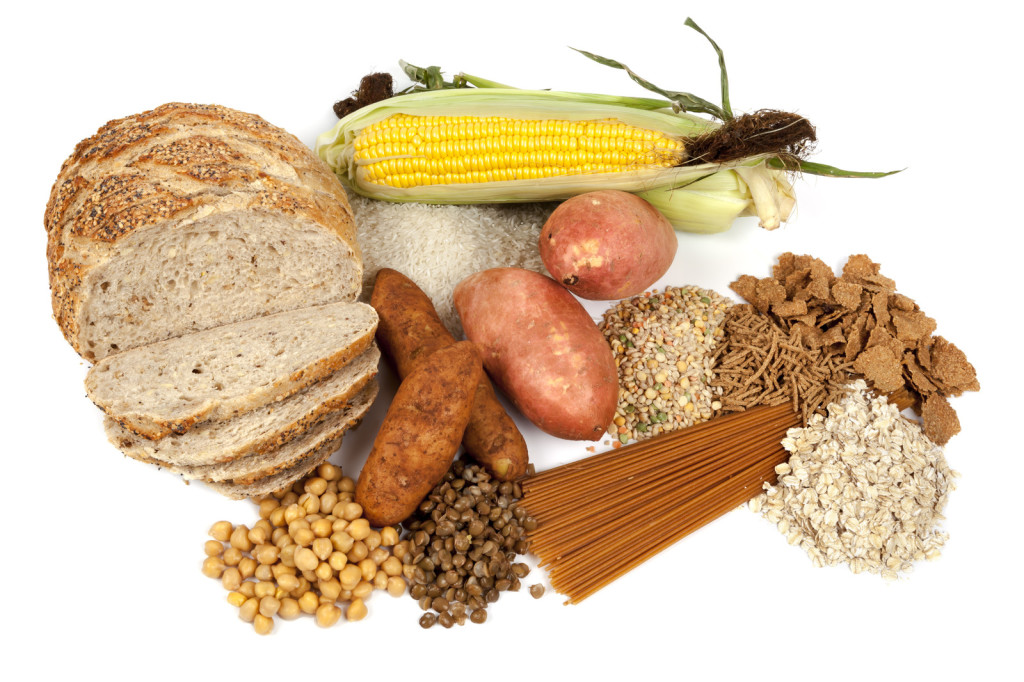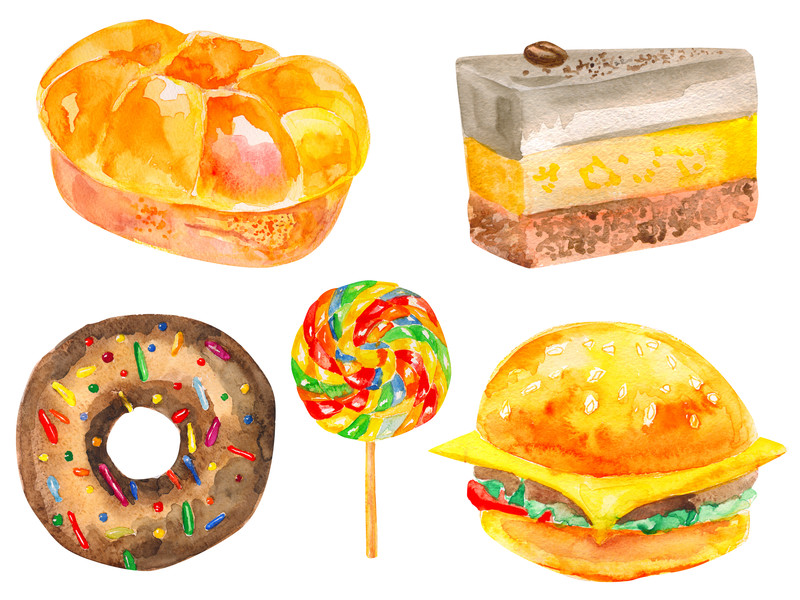A Beginners Guide to Understanding Carbohydrates.
To successfully navigate all of the diet and nutrition information available in books, magazines, and on the Internet, you’ll have to understand what is going on with carbohydrates and why it matters.
So firstly, find out how much you actually know about the Carbs you eat with this short quiz…….you will be amazed (maybe even shocked) with the results.
Many diets encourage you to largely eliminate them while others stress that you need to include the ‘good’ ones on a regular basis.
All very confusing isn’t it?
Who is right and what is up with all these carbs?
A Look at Carb Chemistry

Carbohydrates are the primary way that you get energy into your body. Once you consume carbs, your body can deal with them in one of two ways. It either uses them immediately to provide fuel for your body or it changes them into compact fat which is then stored for later use.
Both sugars and starches are classified as carbohydrates. These may be simple carbs, otherwise known as monosaccharides. They may also be complex, in which case they are scientifically referred to as polysaccharides.
Simple carbohydrates are easily digested by the body. They are found in fruits and dairy products. Due to modern processing methods, simple carbs are in abundant supply in pasta, white bread, and white sugars.
On the other hand, complex carbohydrates require more time for the digestive system to process. Foods rich in complex carbs include many vegetables, pasta, and bread made from whole grains, members of the legume family, and brown rice.
These products don’t undergo the same refining process to remove fibres and nutrients that more processed foods higher in simple carbohydrates do.
Since it takes more time to digest the complex carbs, people feel fuller for a longer period of time. The slower release of energy-packed sugar also provides longer-lasting energy and a more stable blood sugar level. The liver is a major player in this process since it aids in the breakdown of complex groups.
Once the sugars are broken down, it is vital that there is a sufficient amount of insulin within the bloodstream. The pancreas produces the necessary insulin and is able to maintain a more stable blood sugar level when sugar is slowly and steadily released.
This is important because insulin is responsible for delivering the energy stored in the sugar into individual cells. The production level of insulin is different when we eat either simple or complex carbohydrates.
Insulin production spikes when people eat foods packed with simple carbs. Most people refer to this as a sugar rush. The higher levels of sugar in the bloodstream are quickly delivered to the cells due to the rise in insulin. The sugar rush is then followed by an energy level crash. I am sure you can all relate to that one.

There is less of an insulin reaction when complex carbs are eaten. Sugar is regularly delivered to the cells and there is no insulin reaction that can cause a problem. When an excessive amount of simple carbs are eaten, the body has more sugar than it can use.
The excess sugar is moved to the liver and converted into glycogen, a long, branched sugar chain that is stored within the muscles for future high-energy use. Problems occur when there is more sugar available than there is a need for immediate use or for storage as glycogen.
When this occurs, the remaining sugar is stored as fat.
Too much stored fat leads to health problems with many of the body’s vital systems. The only way to reduce the amount of excess fat you are carrying is to exercise with regular workouts and closely watch your diet.
There is a great deal of debate about how many carbohydrates are healthy on a daily basis. The World Health Organization recommends that anywhere from 55 to 75 percent of the daily diet be made up of carbohydrates. They recommend that simple carbs be limited to 10 percent of your daily intake.
The important thing is……..quality carbohydrates are necessary to stay healthy.
Without them, people risk feeling fatigued, becoming unable to maintain mental acuity, and can even experience severe muscle cramping.
Diet plans that limit carbohydrate intake in order to lose weight work for people who have fat stores available that can be used in place of eating carbs. Keep in mind that low-carb diets never mean any carbs and pay close attention to signals from your body as you work to lose excess weight.
Take a few minutes to read this list of the Top 10 Foods Highest in Carbohydrates – the ones to Limit or the ones to Avoid.
To get you started here are some examples of Complex Carbohydrates
Healthy complex carbs you should be eating more of – on a daily basis.
- Quinoa
- Oats
- Broccoli
- Oatmeal
- Spinach
- Brown rice – I like brown Basmati best
- Cucumbers
- Peas
- Asparagus
- Beans
- Soy Milk
- Whole grain bread.
And some Simple Carbohydrates to Avoid
Limit or at least try and avoid these simple carbs. Your health and waistline will thank you for it.
- Sugar – boxed breakfast cereals are super bad – discover the cereal offenders here.
- All white carbs – examples are rice, white bread, and pasta. Eat them, but in moderation
- Potatoes – technically a complex carbohydrate, they are treated like simple carbs in your body
- Desserts, pastries
- Artificial syrups
- Lollies, cakes, biscuits, cookies
- Soft drinks, sodas, supermarket fruit juices, and all energy drinks.
Help a friend – like and share – thanks.
Cheers – John – your Active Ageing Coach and Mentor.
Thank you very helpfull.
I am pleased you found the information helpful, Sheila, Cheers – John.